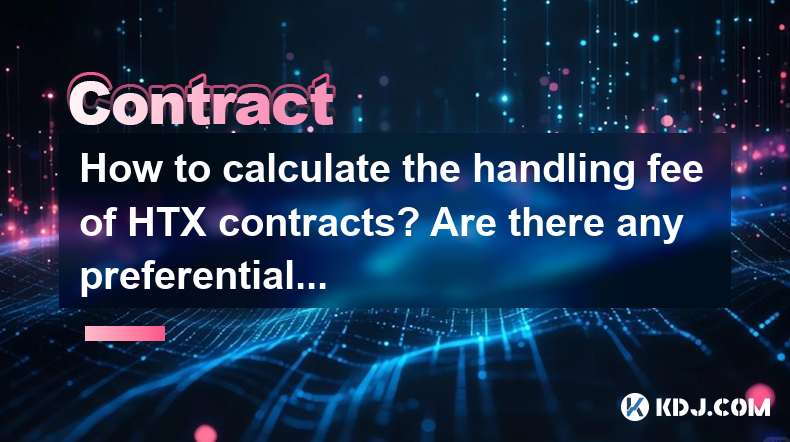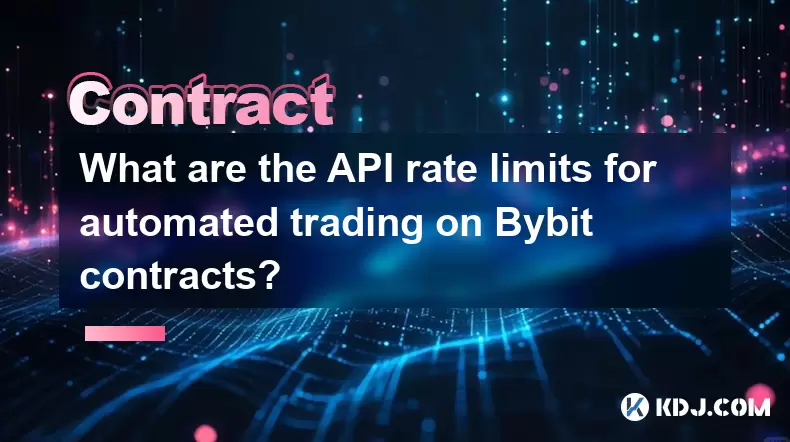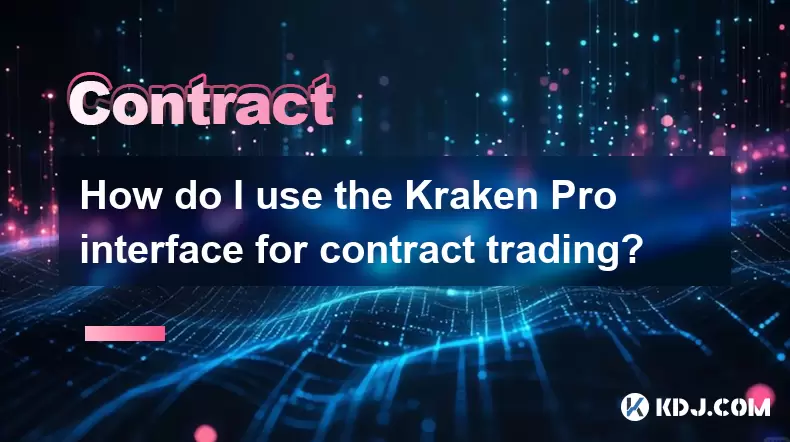-
 Bitcoin
Bitcoin $117600
2.11% -
 Ethereum
Ethereum $3907
6.13% -
 XRP
XRP $3.288
9.68% -
 Tether USDt
Tether USDt $1.000
-0.01% -
 BNB
BNB $784.8
2.00% -
 Solana
Solana $174.3
3.60% -
 USDC
USDC $0.9997
-0.03% -
 Dogecoin
Dogecoin $0.2220
8.04% -
 TRON
TRON $0.3379
0.01% -
 Cardano
Cardano $0.7829
5.46% -
 Stellar
Stellar $0.4348
8.84% -
 Hyperliquid
Hyperliquid $40.50
6.38% -
 Sui
Sui $3.757
7.22% -
 Chainlink
Chainlink $18.41
10.06% -
 Bitcoin Cash
Bitcoin Cash $581.6
1.91% -
 Hedera
Hedera $0.2586
5.37% -
 Avalanche
Avalanche $23.30
4.67% -
 Ethena USDe
Ethena USDe $1.001
0.01% -
 Litecoin
Litecoin $122.0
2.62% -
 UNUS SED LEO
UNUS SED LEO $8.972
-0.23% -
 Toncoin
Toncoin $3.338
1.14% -
 Shiba Inu
Shiba Inu $0.00001282
3.76% -
 Uniswap
Uniswap $10.38
6.88% -
 Polkadot
Polkadot $3.852
4.63% -
 Dai
Dai $1.000
0.02% -
 Bitget Token
Bitget Token $4.463
2.29% -
 Monero
Monero $263.6
-7.22% -
 Cronos
Cronos $0.1496
4.78% -
 Pepe
Pepe $0.00001106
4.91% -
 Aave
Aave $284.3
8.09%
How to calculate the handling fee of HTX contracts? Are there any preferential transaction rates?
HTX contract handling fees include maker (0.02%) and taker (0.03%) fees; holding HTX tokens or achieving VIP status can reduce these to as low as 0.01% and 0.02%.
May 06, 2025 at 03:07 pm

The handling fees of HTX contracts are a crucial aspect for traders to consider when engaging in futures trading on the HTX platform. Understanding how these fees are calculated and whether there are any preferential transaction rates can significantly impact trading strategies and overall profitability. In this article, we will delve into the specifics of calculating handling fees for HTX contracts and explore any available preferential rates.
Understanding HTX Contract Handling Fees
Handling fees on HTX are primarily composed of two parts: the maker fee and the taker fee. These fees are charged based on the type of order you place in the market. A maker order adds liquidity to the market, typically a limit order that does not immediately get filled, whereas a taker order takes liquidity from the market, usually a market order that gets filled immediately.
The standard maker fee on HTX for futures trading is 0.02%, and the taker fee is 0.03%. These rates apply to all users unless they qualify for a preferential rate through various means such as holding HTX tokens or achieving a higher VIP level.
Calculating Your Handling Fees
To calculate the handling fee for an HTX contract, you need to determine whether your order is a maker or a taker order. Here's how you can do it:
- Identify the order type: If you place a limit order that does not immediately get filled, it's a maker order. If you place a market order or a limit order that gets filled immediately, it's a taker order.
- Calculate the fee: Multiply the total value of your trade by the respective fee rate. For example, if you trade a futures contract worth $10,000 as a maker, your fee would be $10,000 0.02% = $2. If you trade the same amount as a taker, your fee would be $10,000 0.03% = $3.
Preferential Transaction Rates on HTX
HTX offers several ways for users to enjoy preferential transaction rates. These include holding HTX tokens, achieving a higher VIP level, and participating in promotional events.
- Holding HTX Tokens: Users who hold a certain amount of HTX tokens can enjoy reduced fees. For example, holding 100 HTX tokens can reduce the maker fee to 0.015% and the taker fee to 0.025%.
- VIP Levels: HTX has a VIP system that rewards users with higher trading volumes. As you move up the VIP levels, your fees decrease. For instance, a VIP 1 user might have a maker fee of 0.018% and a taker fee of 0.028%, while a VIP 5 user could have a maker fee of 0.01% and a taker fee of 0.02%.
- Promotional Events: HTX occasionally runs promotional events where users can enjoy zero fees or reduced fees for a limited time. These events are usually announced on the HTX platform and through their official communication channels.
How to Check and Apply for Preferential Rates
To take advantage of preferential transaction rates on HTX, follow these steps:
- Check your current fee rate: Log into your HTX account and navigate to the trading fees section to see your current maker and taker fees.
- Hold HTX Tokens: If you wish to reduce your fees by holding HTX tokens, purchase the required amount of HTX tokens and hold them in your HTX wallet.
- Increase Trading Volume: To achieve a higher VIP level, increase your trading volume over a 30-day period. HTX calculates your VIP level based on your trading volume, so the more you trade, the higher your level and the lower your fees.
- Participate in Events: Keep an eye on HTX's official announcements for any promotional events that could offer reduced or zero fees. Participate in these events to enjoy the benefits.
Calculating Fees with Preferential Rates
Once you qualify for preferential rates, you can calculate your fees using the new rates. For example, if you hold 100 HTX tokens and trade a futures contract worth $10,000 as a maker, your fee would be $10,000 0.015% = $1.50. If you trade the same amount as a taker, your fee would be $10,000 0.025% = $2.50.
Similarly, if you are a VIP 5 user, your maker fee for the same trade would be $10,000 0.01% = $1, and your taker fee would be $10,000 0.02% = $2.
Monitoring and Adjusting Your Trading Strategy
Understanding and calculating your handling fees is essential, but it's equally important to monitor and adjust your trading strategy based on these fees. Here are some tips:
- Compare Fees: Always compare the fees you are paying with the potential profits from your trades. If the fees are too high, consider adjusting your trading volume or holding HTX tokens to reduce them.
- Optimize Order Types: Since maker orders have lower fees, try to use limit orders more often to add liquidity to the market and reduce your trading costs.
- Stay Informed: Keep up-to-date with HTX's fee structure and any changes or promotions that could affect your fees. This will help you make informed decisions and potentially save on costs.
Frequently Asked Questions
Q: Can I combine different methods to reduce my fees on HTX?
A: Yes, you can combine different methods to reduce your fees on HTX. For example, you can hold HTX tokens and also increase your trading volume to achieve a higher VIP level, which will result in even lower fees.
Q: Are there any hidden fees on HTX that I should be aware of?
A: HTX is transparent about its fee structure, and there are no hidden fees. However, always review the terms and conditions and any updates to the fee structure to ensure you are fully informed.
Q: How often does HTX update its fee structure?
A: HTX periodically reviews and updates its fee structure. These updates are usually announced in advance through official channels, so it's important to stay informed to take advantage of any changes.
Q: Can I negotiate my fees with HTX?
A: HTX does not typically negotiate fees on an individual basis. However, by participating in their VIP program and holding HTX tokens, you can effectively lower your fees through the established mechanisms.
Disclaimer:info@kdj.com
The information provided is not trading advice. kdj.com does not assume any responsibility for any investments made based on the information provided in this article. Cryptocurrencies are highly volatile and it is highly recommended that you invest with caution after thorough research!
If you believe that the content used on this website infringes your copyright, please contact us immediately (info@kdj.com) and we will delete it promptly.
- EigenLayer, Restaking, and Ethereum: Navigating the Hype and the Hazards
- 2025-08-08 06:30:12
- Super Bowl 59: Jon Batiste to Jazz Up the National Anthem
- 2025-08-08 06:30:12
- Cold Wallet Crypto in 2025: The Future is Now, Ya'll
- 2025-08-08 05:10:13
- MAGACOIN, SOL, and ADA: A Tale of Shifting Tides in Crypto
- 2025-08-08 05:10:13
- SHIB Price, PEPE, and the Memecoin Supercycle: Who Will Reign Supreme?
- 2025-08-08 05:50:12
- Pudgy Penguins Price Prediction: Google Trends & Breakout Signals
- 2025-08-08 05:50:12
Related knowledge

What is the minimum deposit for OKX contracts?
Aug 08,2025 at 07:00am
Understanding OKX Contract Trading BasicsOKX is one of the leading cryptocurrency derivatives exchanges, offering a wide range of perpetual and future...

Are there any fees for futures settlement on OKX?
Aug 08,2025 at 05:35am
Understanding Futures Settlement on OKXFutures settlement on OKX refers to the process by which open futures contracts are automatically closed or mar...

How to use the OKX margin calculator for futures?
Aug 08,2025 at 05:15am
Understanding the OKX Margin Calculator for FuturesThe OKX margin calculator is a specialized tool designed to assist traders in estimating the requir...

How to find and copy experienced traders on Bybit contracts?
Aug 08,2025 at 06:00am
Understanding Copy Trading on BybitBybit offers a copy trading feature that allows users to automatically replicate the contract positions of experien...

What are the API rate limits for automated trading on Bybit contracts?
Aug 08,2025 at 06:08am
Understanding API Rate Limits on BybitWhen engaging in automated trading on Bybit contracts, understanding the API rate limits is essential to prevent...

How do I use the Kraken Pro interface for contract trading?
Aug 08,2025 at 05:00am
Understanding the Kraken Pro Interface for Contract TradingThe Kraken Pro platform is designed for advanced traders who require speed, precision, and ...

What is the minimum deposit for OKX contracts?
Aug 08,2025 at 07:00am
Understanding OKX Contract Trading BasicsOKX is one of the leading cryptocurrency derivatives exchanges, offering a wide range of perpetual and future...

Are there any fees for futures settlement on OKX?
Aug 08,2025 at 05:35am
Understanding Futures Settlement on OKXFutures settlement on OKX refers to the process by which open futures contracts are automatically closed or mar...

How to use the OKX margin calculator for futures?
Aug 08,2025 at 05:15am
Understanding the OKX Margin Calculator for FuturesThe OKX margin calculator is a specialized tool designed to assist traders in estimating the requir...

How to find and copy experienced traders on Bybit contracts?
Aug 08,2025 at 06:00am
Understanding Copy Trading on BybitBybit offers a copy trading feature that allows users to automatically replicate the contract positions of experien...

What are the API rate limits for automated trading on Bybit contracts?
Aug 08,2025 at 06:08am
Understanding API Rate Limits on BybitWhen engaging in automated trading on Bybit contracts, understanding the API rate limits is essential to prevent...

How do I use the Kraken Pro interface for contract trading?
Aug 08,2025 at 05:00am
Understanding the Kraken Pro Interface for Contract TradingThe Kraken Pro platform is designed for advanced traders who require speed, precision, and ...
See all articles

























































































